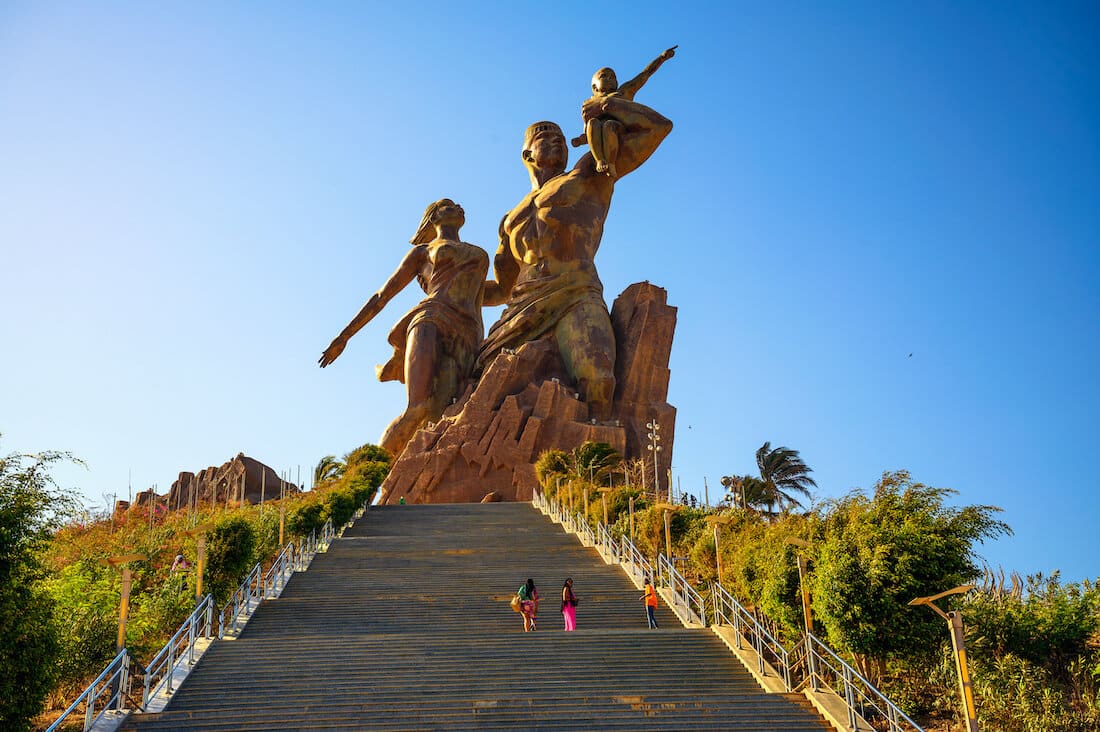Africa boasts some of the most iconic and historically significant man-made monuments in the world. If you’re planning a trip to Africa, here are the top 9 must-see man-made monuments that deserve a place on your itinerary.
The Pyramids of Giza – Egypt
This list had to be headlined by the pyramids! The Pyramids of Giza, among the most recognised monuments globally, are a testament to ancient Egypt’s advanced engineering. These enormous structures, built as tombs for the pharaohs over 4,500 years ago, still captivate visitors with their grandeur and precision. The Great Pyramid of Khufu, the largest, is the most impressive. The nearby Sphinx, a half-human, half-lion statue, adds to the spectacle.
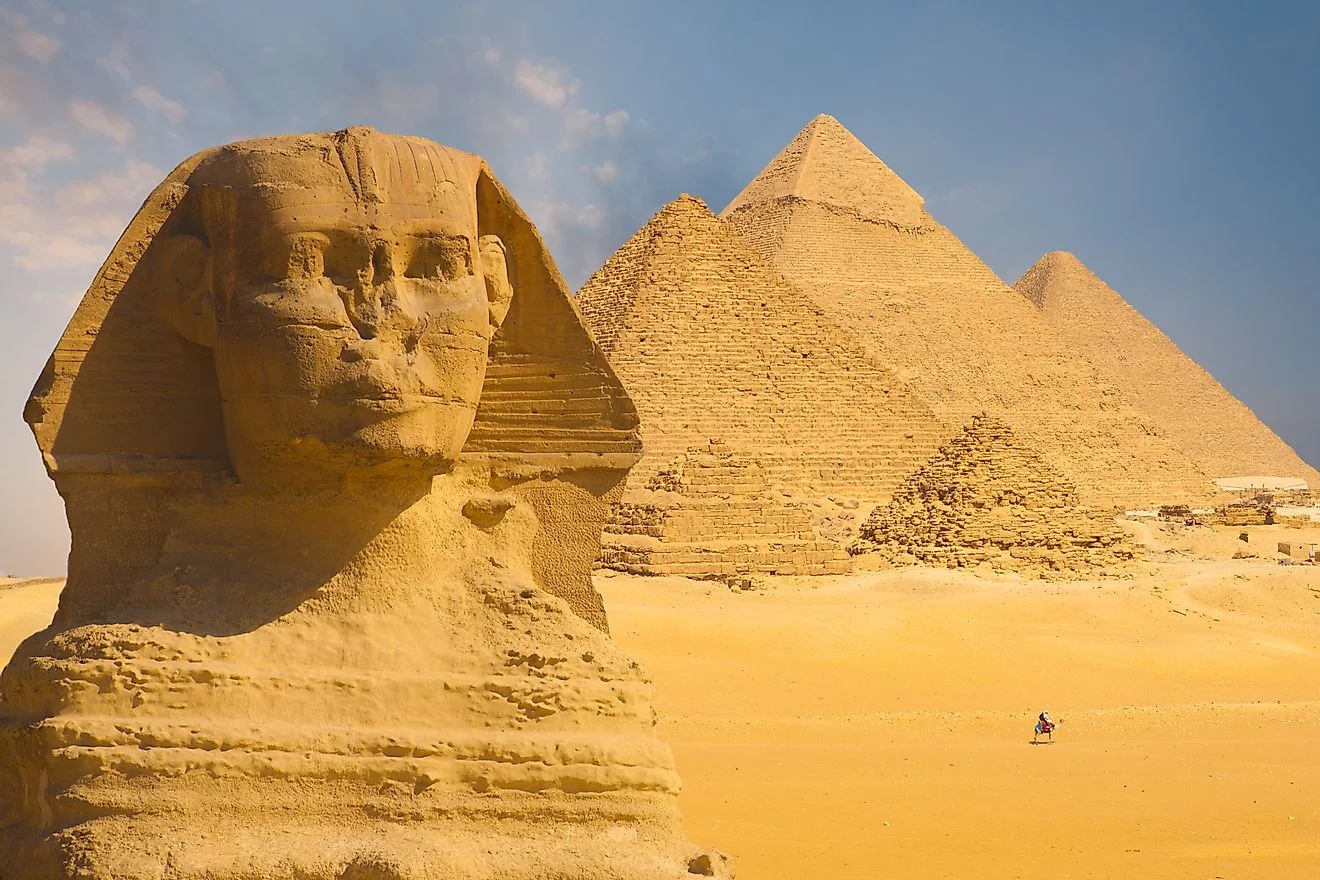
Lalibela Rock-Hewn Churches – Ethiopia
In the northern Ethiopian highlands, the rock-hewn churches of Lalibela stand as a monumental feat of medieval Christian architecture. Carved directly into the rock in the 12th century, these 11 churches are still active places of worship and are connected by a network of underground tunnels. Lalibela offers visitors a unique glimpse into Ethiopia’s ancient Christian tradition and its architectural ingenuity.
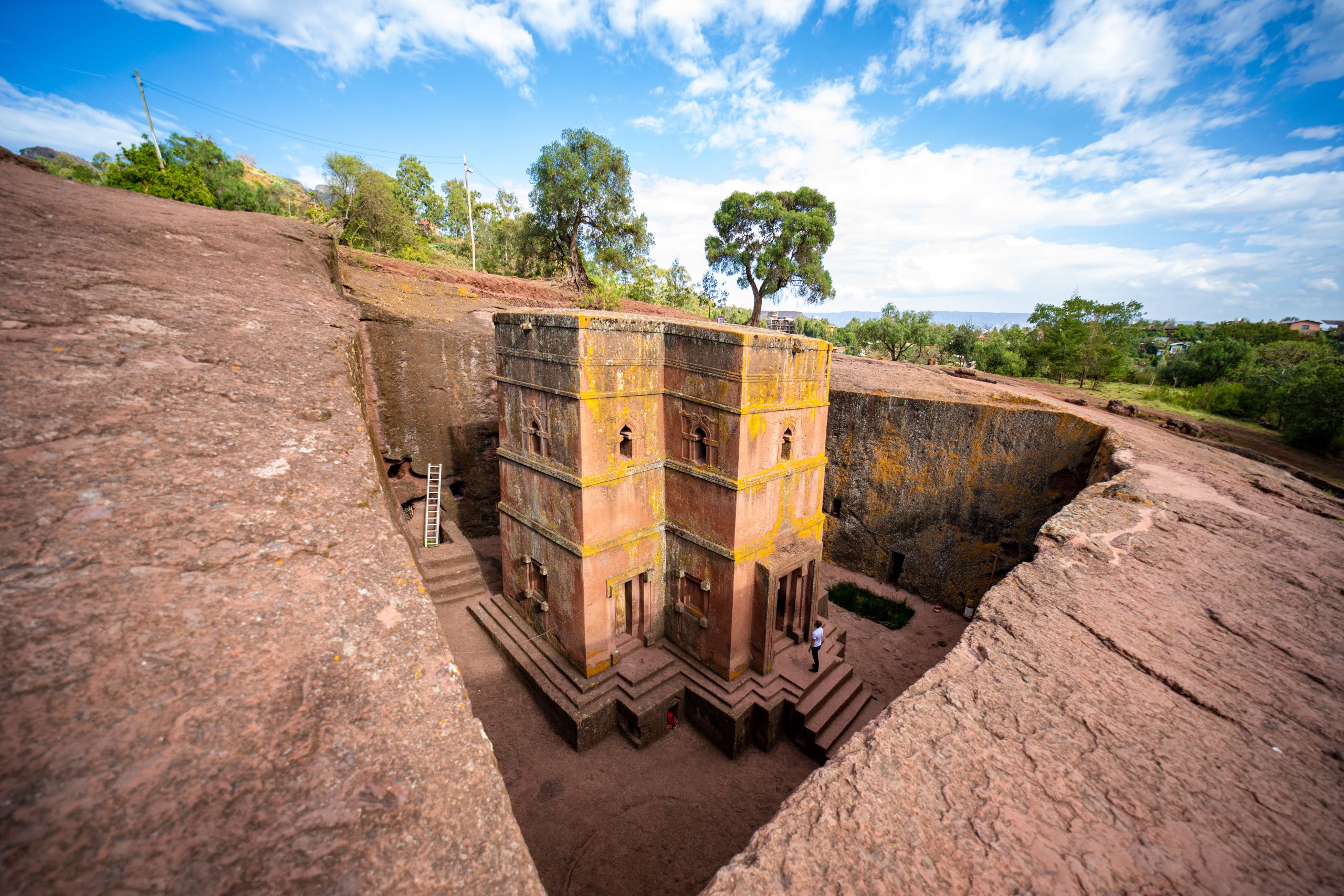
Great Mosque of Djenné – Mali
The Great Mosque of Djenné is a striking example of Sudano-Sahelian architecture and the largest mud-brick structure in the world. Built in the 13th century and reconstructed in 1907, this mosque remains a cultural and religious centre for the local Muslim community. Each year, locals come together to replaster the mosque in an event that underscores the strong relationship between the people and their architectural heritage.
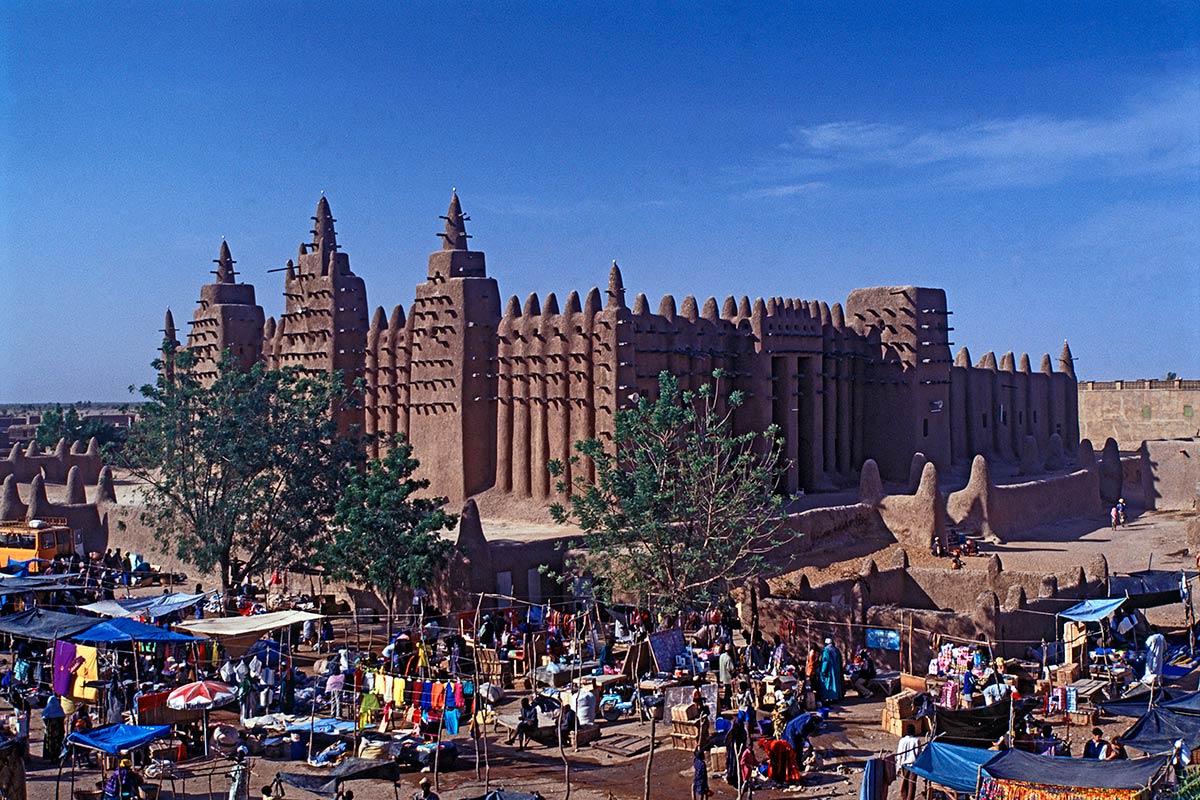
Ksar of Aït Benhaddou – Morocco
Aït Benhaddou is a historic fortified village (ksar) that sits on the edge of the Sahara Desert in Morocco. This UNESCO World Heritage Site is built from earthen clay and has remained remarkably well-preserved over centuries. Aït Benhaddou has also been featured in several famous films, including Gladiator and Game of Thrones, which has only added to its allure for visitors seeking to explore its narrow streets and distinctive mud-brick architecture.
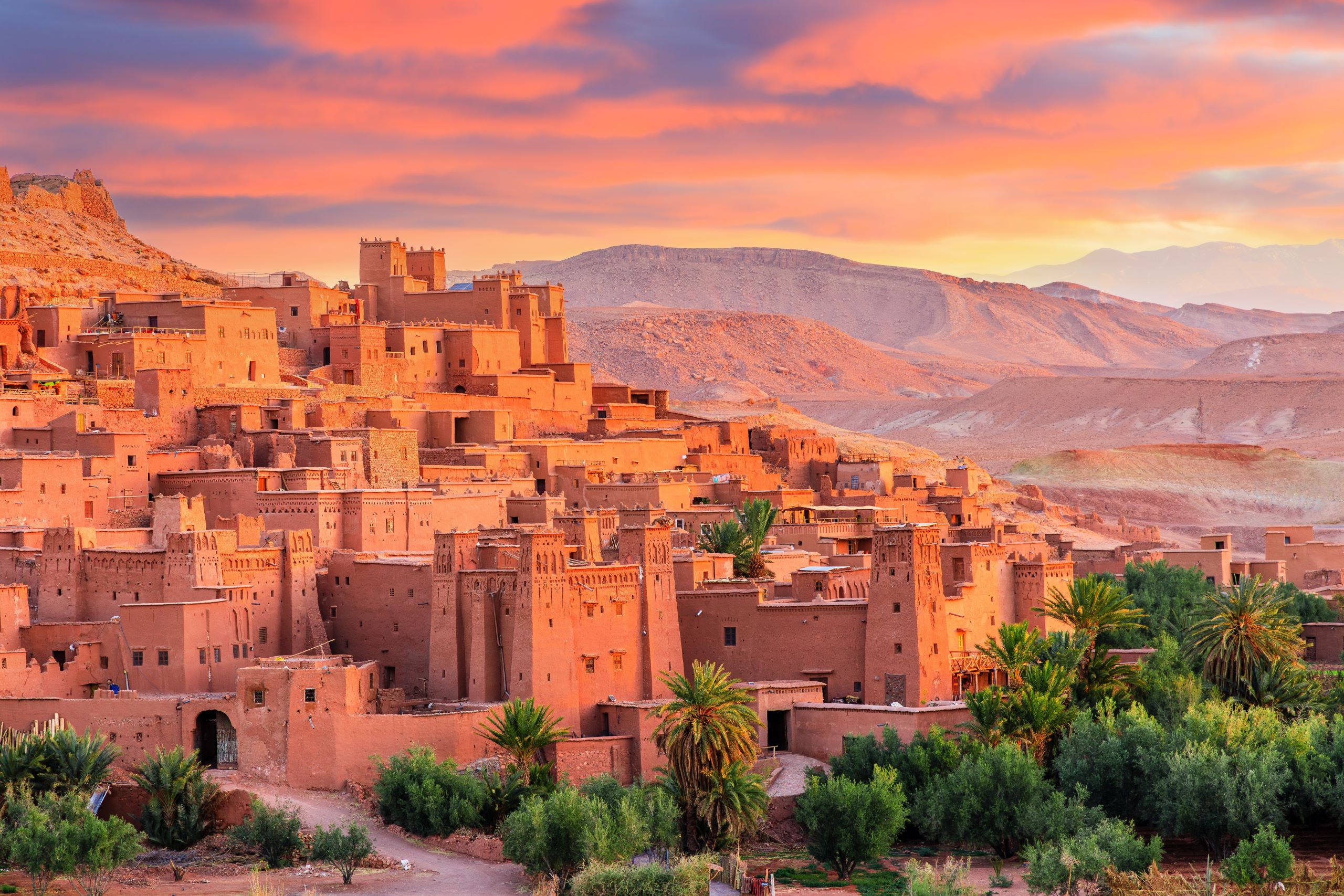
Leptis Magna – Libya
Leptis Magna, situated on the Mediterranean coast of Libya, is one of the best-preserved Roman cities in the world. It was once a prosperous trading city in the Roman Empire, and its impressive ruins include temples, an amphitheatre, public baths, and the iconic Arch of Septimius Severus. A visit to Leptis Magna transports visitors back to the glory days of the Roman Empire, offering a fascinating insight into Roman life in North Africa.
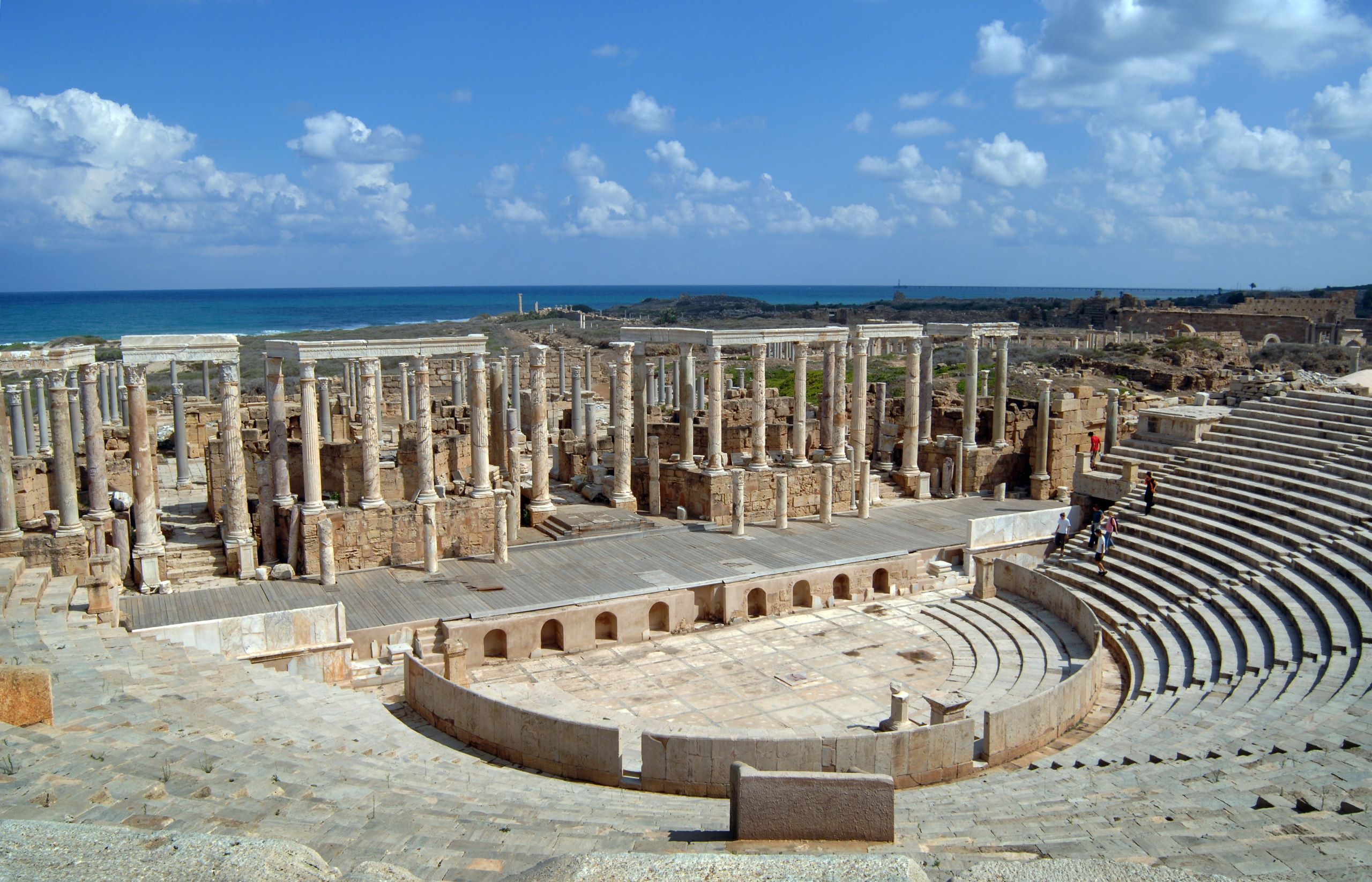
Obelisk of Axum – Ethiopia
The Obelisk of Axum is a towering granite monument located in the ancient city of Axum, the capital of the Aksumite Empire. The 24-metre-tall obelisk, which is over 1,700 years old, was erected as a royal tomb marker and symbolises the advanced craftsmanship of the Aksumites. Axum is a key site in Ethiopian history, and its ancient monuments provide a glimpse into one of Africa’s greatest civilisations.
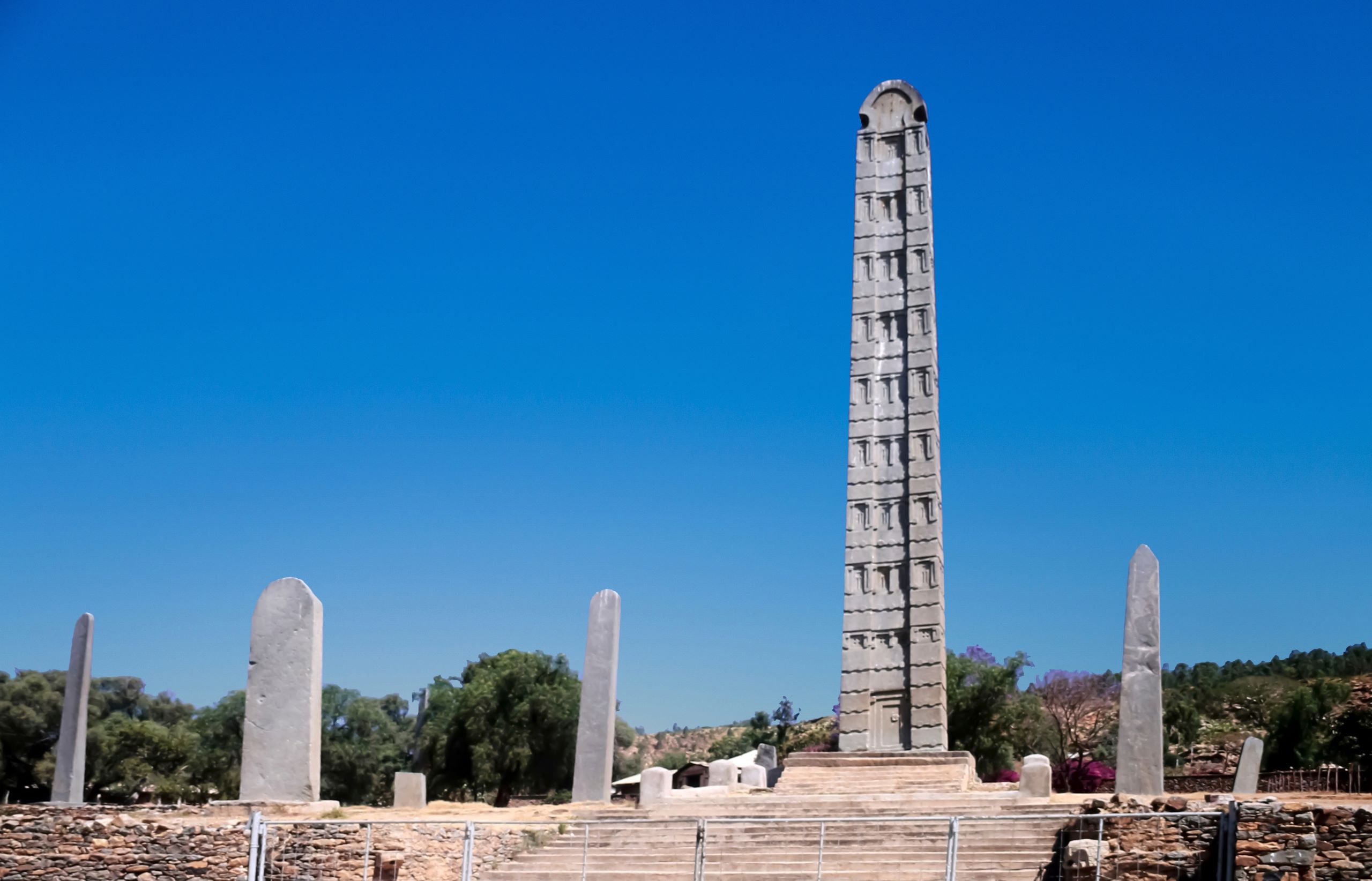
El Jem Amphitheatre – Tunisia
The Amphitheatre of El Jem, located in central Tunisia, is one of the largest and best-preserved Roman amphitheatres in the world. Constructed in the 3rd century AD, this massive structure could seat up to 35,000 spectators and was used for gladiatorial contests and other public events. Visitors today can explore the amphitheatre’s towering arches and stairways, which provide an immersive experience of ancient Roman entertainment and architecture.
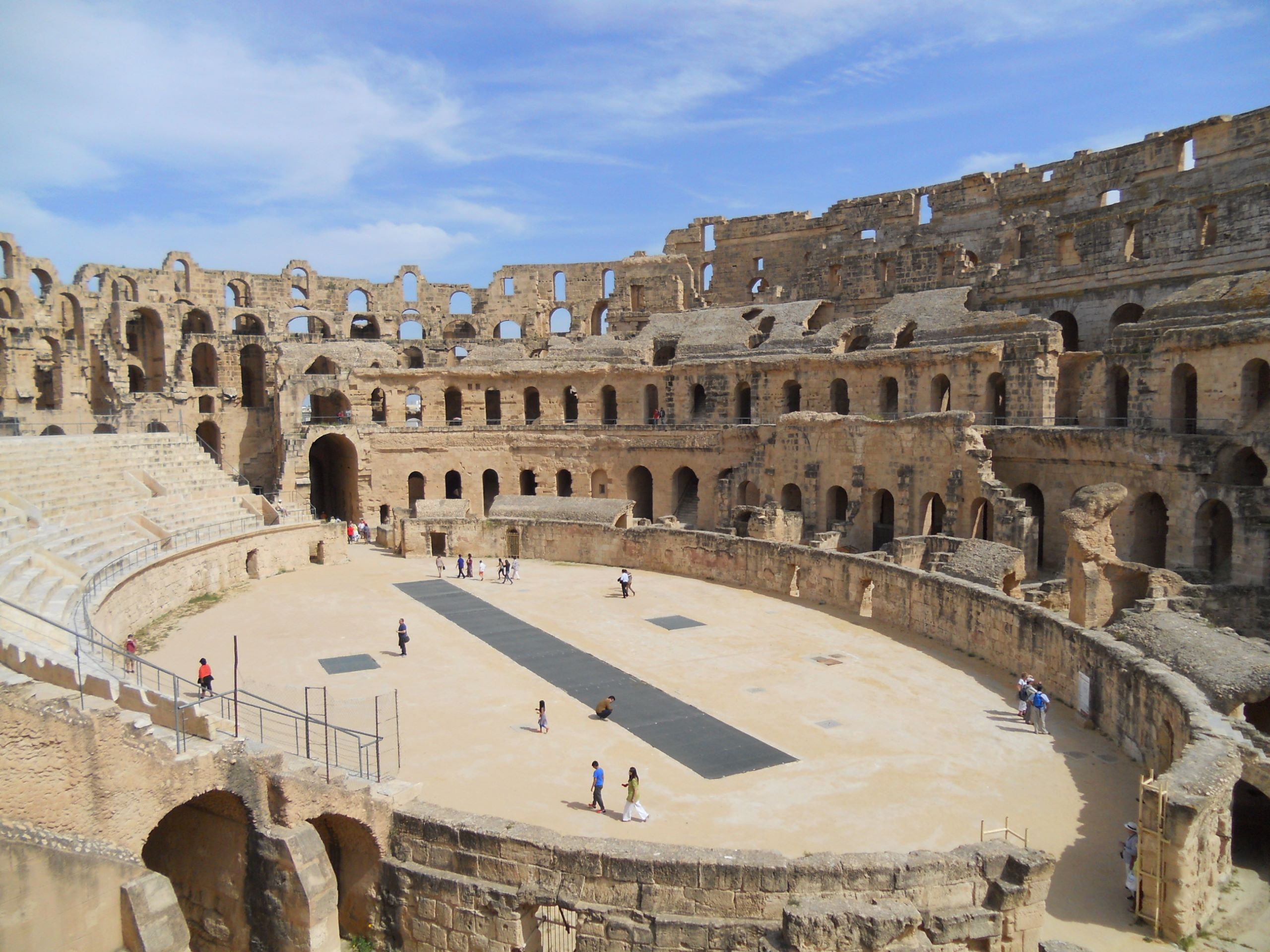
Ruins of Great Zimbabwe – Zimbabwe
The Ruins of Great Zimbabwe are a testament to the architectural prowess of the Kingdom of Zimbabwe, which flourished between the 11th and 15th centuries. This sprawling complex, built entirely of stone without mortar, includes the Great Enclosure and the Conical Tower, both of which remain largely intact. Great Zimbabwe was once the capital of a powerful trading empire and remains one of Africa’s most significant archaeological sites, offering a fascinating glimpse into the continent’s medieval history.

Le Monument de la Renaissance Africaine – Senegal
This monument is a modern-day symbol of Africa’s postcolonial rebirth. Completed in 2010, this 49-metre-tall bronze statue is the tallest in Africa and depicts a man, woman, and child pointing towards the future. The monument was designed to celebrate the continent’s progress and resilience after centuries of colonial rule. Visitors can climb to the top of the statue for panoramic views of Dakar, while the site itself serves as a powerful reminder of Africa’s ongoing journey toward development and unity.
